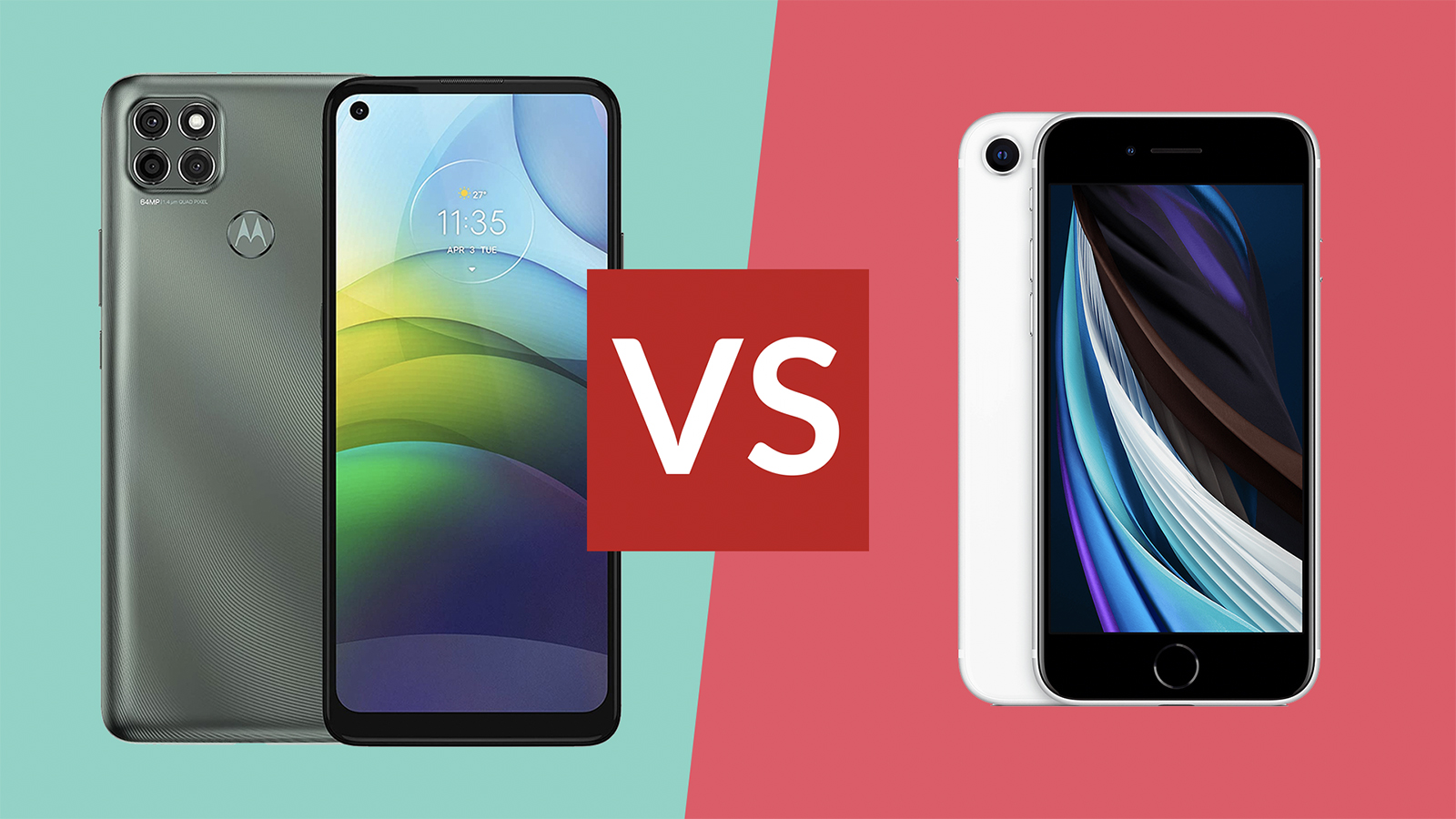

The Moto G9 Power and the iPhone SE 2020 are likely to interest anyone searching for the best cheap phones, so we've put together this comprehensive comparison guide to put the phones head to head and to make your purchasing decision that little bit easier.
Whether you're interested in battery life, specs, performance, design, camera quality, waterproofing, wireless charging or anything else, we can help you figure out whether the Moto G9 Power or the iPhone SE is the smartphone you should be buying next.
While there are a lot of differences between these phones – not least the operating systems running on them – they're both fantastic value for money, giving you some seriously good smartphone specs in return for a price that undercuts the expensive flagship devices. In many ways, they're close to matching up to the best phones overall, but without the big outlay.
Moto G9 Power vs iPhone SE: Design & screen

The Moto G9 Power.
It's little and large when it comes to the design and the screen of the Moto G9 Power and the iPhone SE – we've got the huge 6.8-inch display of the Motorola phone up against the 4.7-inch screen of the Apple device, one of the smallest displays on the market at the moment. Here's one way of picking between the Moto G9 Power and the iPhone SE: how large or how small would you like your phone to be?
The Moto G9 Power display is an LCD panel running at a relatively low resolution of 720x1640 pixels. It's surrounded by thin bezels with a single punch hole notch in the top left-hand corner. Around the back there's a fingerprint sensor and a square rear camera array, and you can pick up the phone in either Electric Violet (purple) or Metallic Sage (green). There's no IP68 rating for the Moto G9 Power, but Motorola describes the phone as "water-repellent" in its marketing materials.
The iPhone SE, launched in 2020, has thick bezels at the top and bottom of the 750x1334 pixel screen, as well as a home button (with a Touch ID sensor) – a real throwback to the classic iPhone design of years gone by. There's no notch, as the selfie camera is in the top bezel, and around the back there's a single camera in the top left-hand corner. Your colour choices here are black, white or red, and there's IP67 resistance to water and dust – the phone can survive up to 30 minutes submerged in water at a depth of up to a metre.
Both the Moto G9 Power and the iPhone SE have their own kind of aesthetic appeal, but neither of them are really at the cutting edge of modern-day smartphone design: the Motorola phone looks a little chunky, plastic and cheap, whereas the iPhone is all metal and glass, with Apple's customary premium build. But then, the iPhone SE looks more dated with its home button and small screen. In terms of visual appeal we'd say it's about honours even here, and the size is the big differentiator. The iPhone's screen also looks sharper, because it's roughly the same resolution, but in a smaller space.
Sign up to the T3 newsletter for smarter living straight to your inbox
Get all the latest news, reviews, deals and buying guides on gorgeous tech, home and active products from the T3 experts
Moto G9 Power vs iPhone SE: Camera and battery
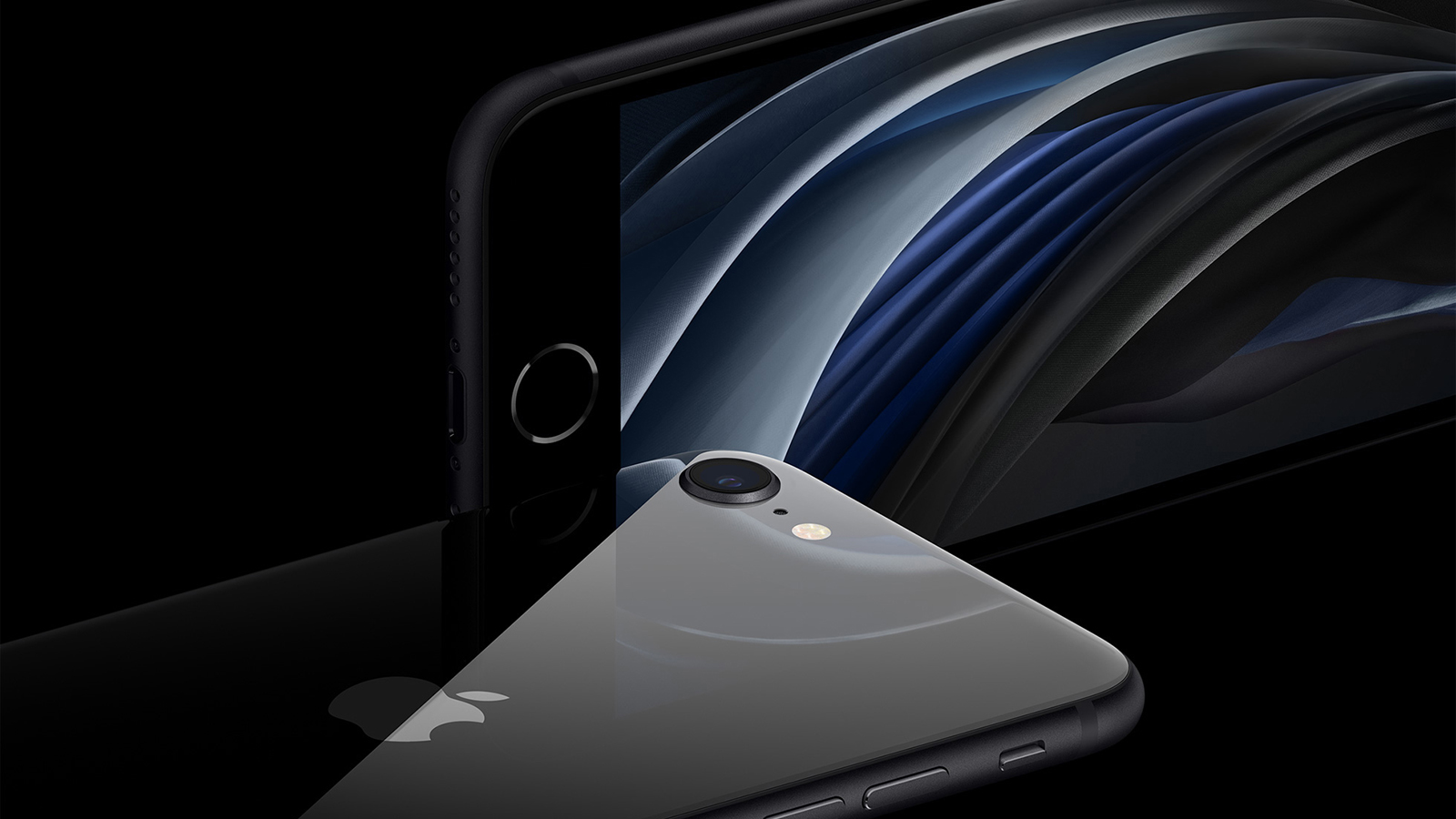
The iPhone SE.
The cameras on both these phones reflect their affordable price. The Moto G9 Power has a triple-lens 64MP wide + 2MP macro + 2MP depth rear camera and a 16MP selfie camera, with no ultrawide mode and no optical zoom. While the phone is capable of taking some very decent pictures in the daytime, noise and blur is a problem in low light. The cameras are definitely good enough for your social media needs, but not much more than that.
As for the iPhone SE, it comes with a single-lens 12MP wide rear camera and a 7MP selfie camera – again, there's no ultrawide mode and no optical zoom. Despite only having a single camera on the back, with a relatively low 12MP rating, the iPhone SE is capable of snapping truly impressive shots – check out our review for some samples. In terms of low-light photography, it's better than the Moto G9 Power.
When it comes to battery capacity and battery life, this is where the Moto G9 Power really shines: it has a huge 6,000 mAh capacity battery, pretty much the biggest you're going to find on a consumer-level phone at the moment. That means it's able to get through multiple days of use between charges, as long as you're relatively careful with it. Charging is rated at 20W, and there's no wireless charging.
The iPhone SE comes carrying a 1,821 mAh battery – much less capacity than the one in the Motorola device, but thanks to Apple's expertise in hardware and software optimisations, the battery life actually isn't bad. You'll get through a day of use with the iPhone SE, but don't expect much more than that, and if battery life is the most important to you then the Moto G9 Power will be the better buy. The iPhone SE does offer wireless charging though, while wired charging maxes out at 18W.
- Take a look at the best small phones
Moto G9 Power vs iPhone SE: specs and features
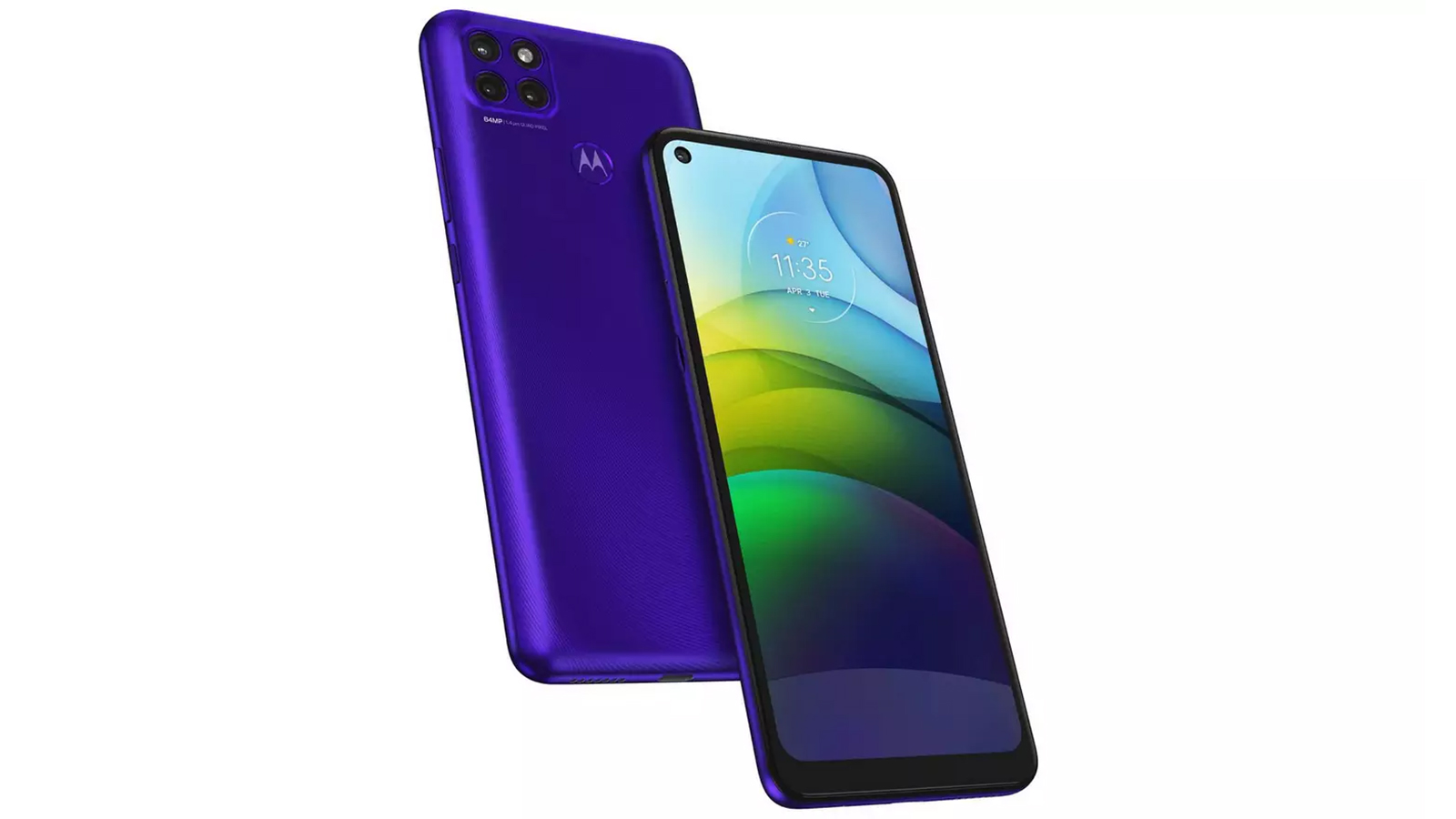
The Moto G9 Power.
As we've said, these phones are on the affordable side – you can't expect top-tier specs at this price, but they'll get you by. The Moto G9 Power comes powered by the Snapdragon 662 processor from Qualcomm, together with 4GB of RAM and 128GB of internal storage (which you can expand with a memory card). There's no 5G on board here, so you'll have to settle for 4G. Those specs are pretty much as low as you can go and still run Android comfortably.
The iPhone SE has the same Apple A13 Bionic that came inside the iPhone 11 handsets, so it's very nippy, and that's paired with 3GB of RAM and either 64GB, 128GB or 256GB of internal storage, which can't be expanded with a memory card. The iPhone SE doesn't support 5G connectivity, so 4G speeds are the best you can get. Thanks to that Apple A13 Bionic processor, performance is much better than you might expect for the price.
We've already mentioned Apple's advantage when it comes to developing both hardware and software together, and if you add that to the processor inside the iPhone SE, it definitely beats the Moto G9 Power when it comes to performance – the little Apple phone should have no problems whatsoever running demanding games and apps, and having multiple browser tabs open at once, whereas you might notice a touch of lag on the Moto G9 Power handset.
One of the biggest differences here is software of course: the Motorola phone runs a clean, uncluttered version of the Android operating system developed by Google (it's Android 10 that you get on board), while the Apple phone runs iOS – it launched with iOS 13 but will support the latest iOS software for several years to come yet. You may well have already made your choice when it comes to Android vs iOS, but it's something else to consider when weighing up the Moto G9 Plus against the iPhone SE.
- Our choices for the best gaming phones
Moto G9 Power vs iPhone SE: price and verdict
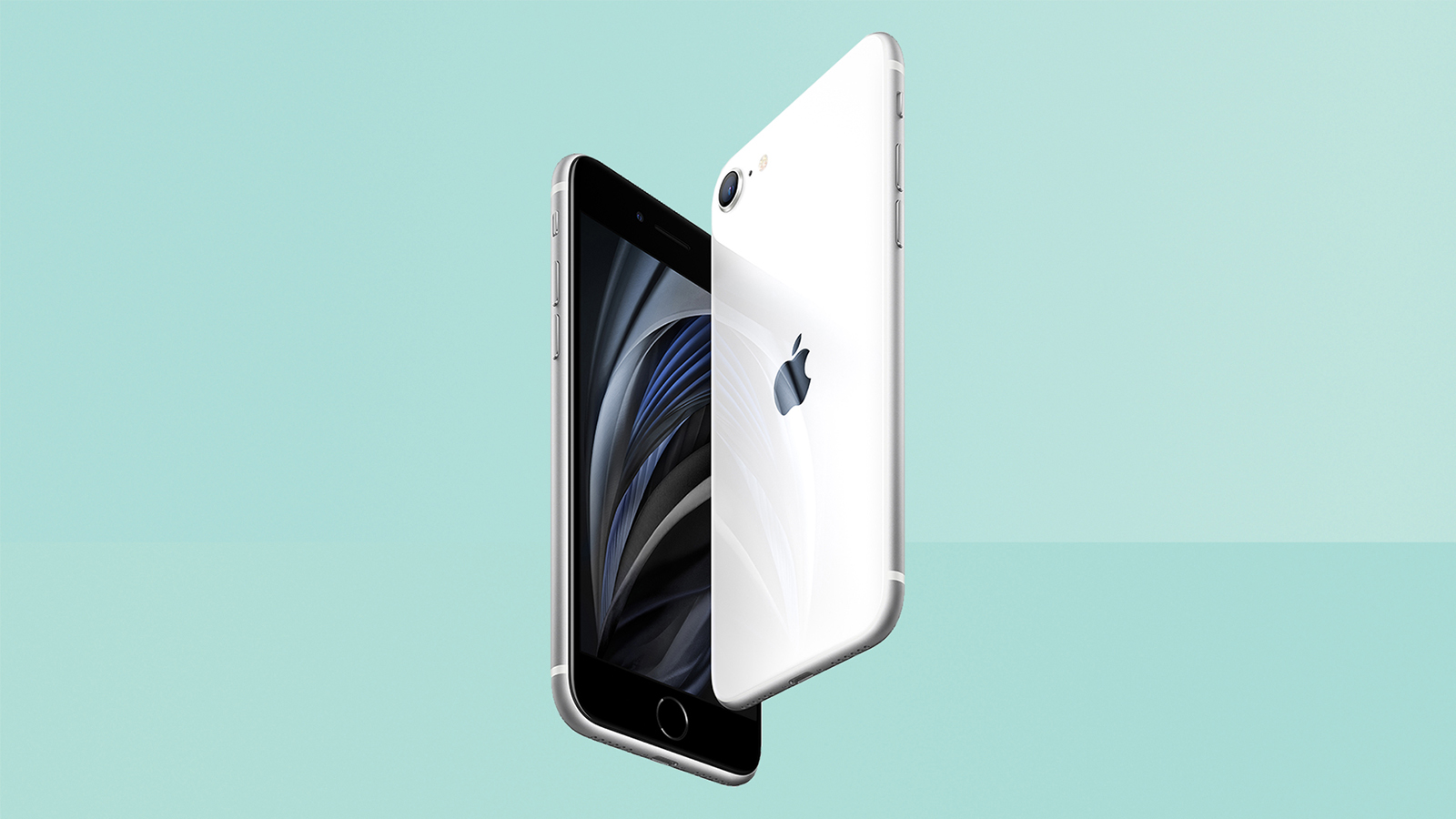
The iPhone SE.
Besides the excellent battery life, the other major selling point of the Moto G9 Power is the low price. If you can still find one then it's less than half the price of the recommended retail price of the iPhone SE – so perhaps the question is whether Apple's compact handset is more than twice as good?
The iPhone SE definitely offers better performance than the Moto G9 Power, and better results from its cameras. It also has a sharper, brighter screen, albeit a smaller one. On the flip side, the Moto G9 Power is going to appeal to people who want a big display from their smartphone, and still has enough performance and camera photo quality to be able to keep most people satisfied. It's definitely more modern-looking than the iPhone SE as well, with only a small punch hole notch and very thin bezels.
The question of whether you prefer Android or iOS is likely to have a big impact on how appealing you find both the Moto G9 Power and the iPhone SE. Most apps run on both platforms, and they're actually quite similar these days, but there are major differences in terms of support for other devices and other standards – Chromecast vs AirPlay, for example, or Google Home vs Apple HomeKit.
Dave has over 20 years' experience in the tech journalism industry, covering hardware and software across mobile, computing, smart home, home entertainment, wearables, gaming and the web – you can find his writing online, in print, and even in the occasional scientific paper, across major tech titles like T3, TechRadar, Gizmodo and Wired. Outside of work, he enjoys long walks in the countryside, skiing down mountains, watching football matches (as long as his team is winning) and keeping up with the latest movies.
-
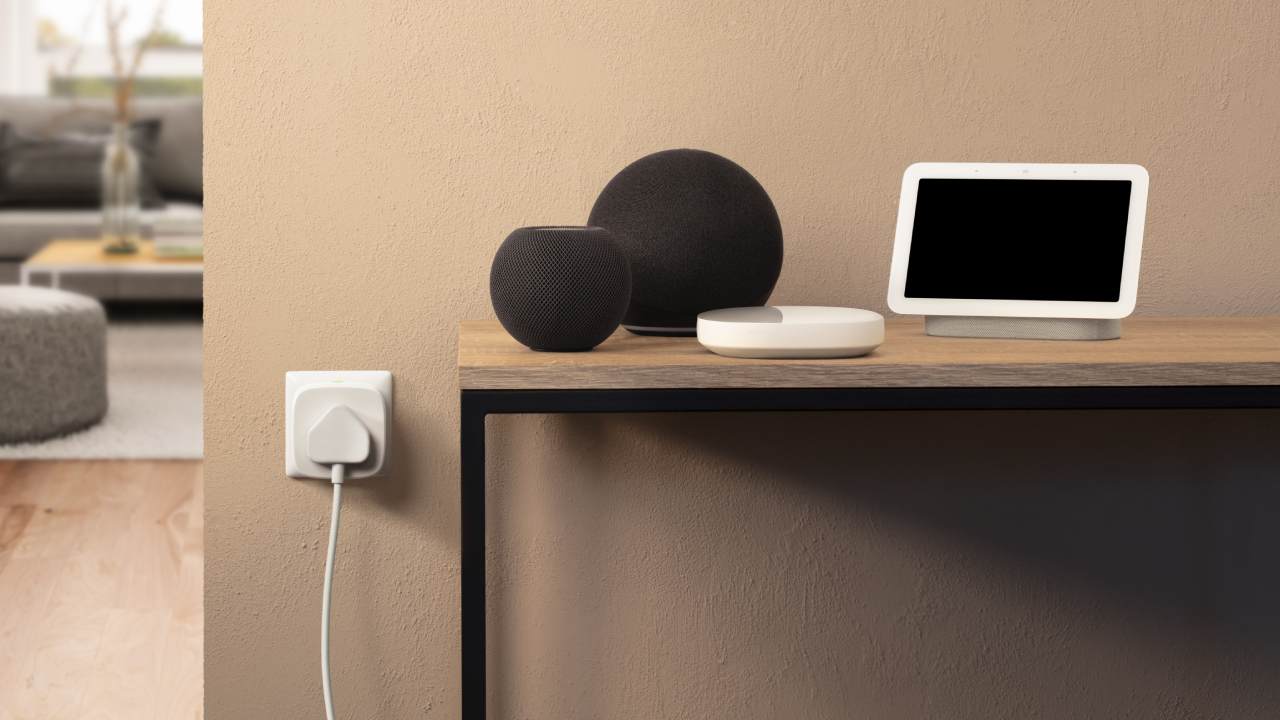 Eve’s smart plug gets impressive Matter upgrades – but I’m most excited about the app
Eve’s smart plug gets impressive Matter upgrades – but I’m most excited about the appEve Energy adds Matter support and an updated Android app
By Bethan Girdler-Maslen
-
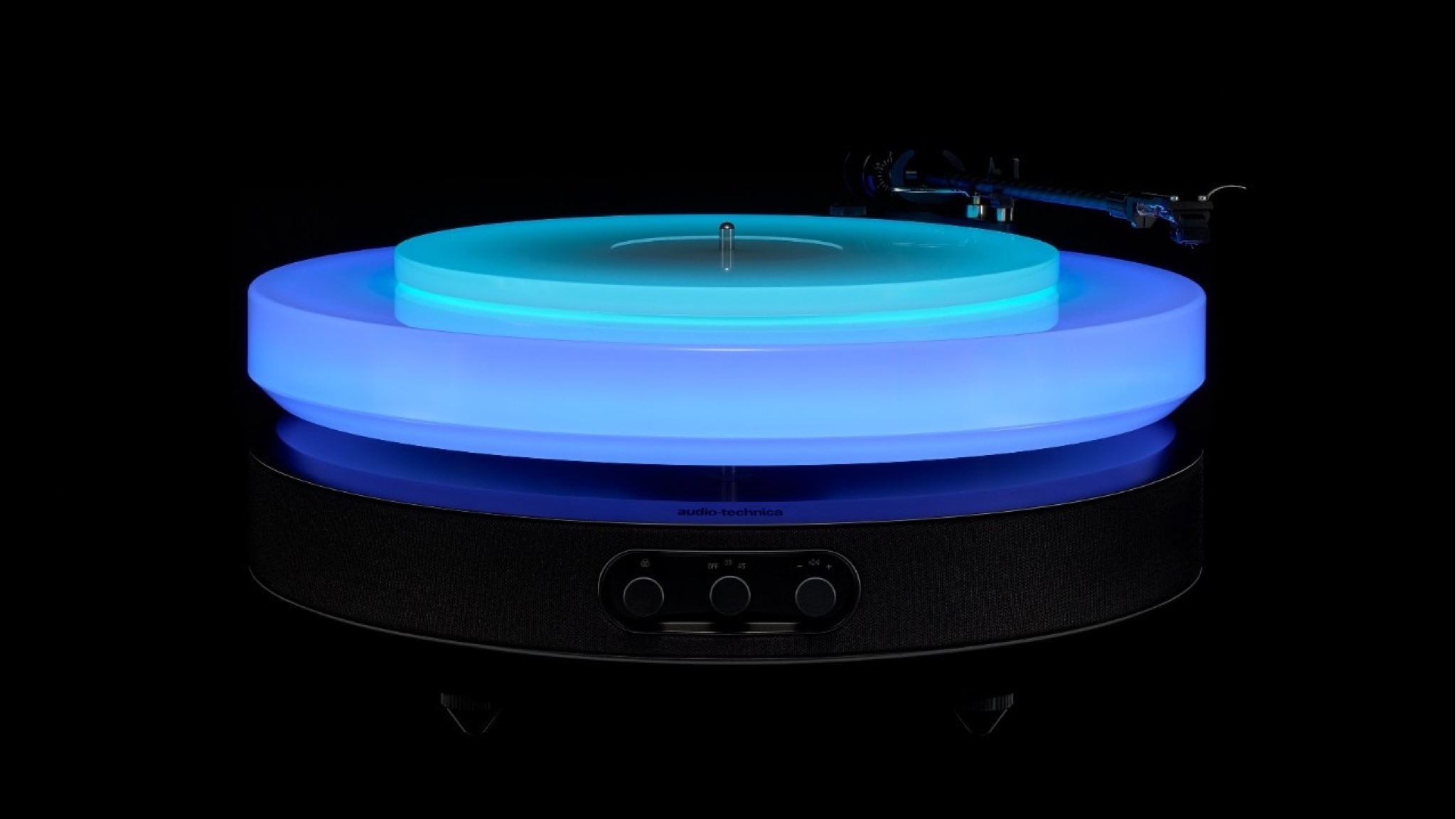 Audio-Technica’s latest luxury turntable will light up your life, and your records
Audio-Technica’s latest luxury turntable will light up your life, and your recordsThis strictly limited turntable is a feast for the eyes as well as the ears
By Carrie Marshall
-
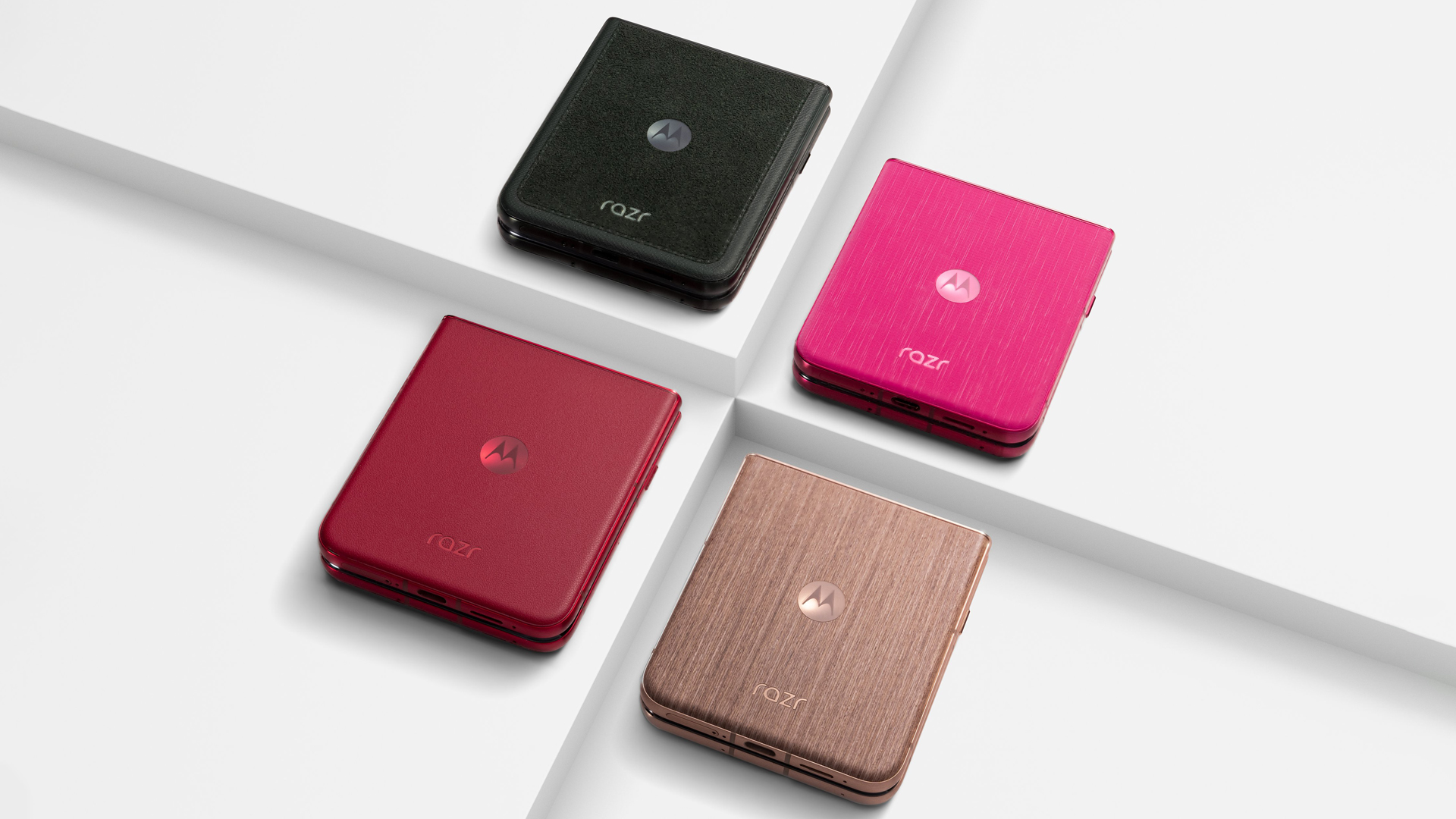 Motorola Razr 60 Ultra shown in leaked promo material, looks like a Z Flip beater
Motorola Razr 60 Ultra shown in leaked promo material, looks like a Z Flip beaterAnd it's running flagship hardware too
By Britta O'Boyle
-
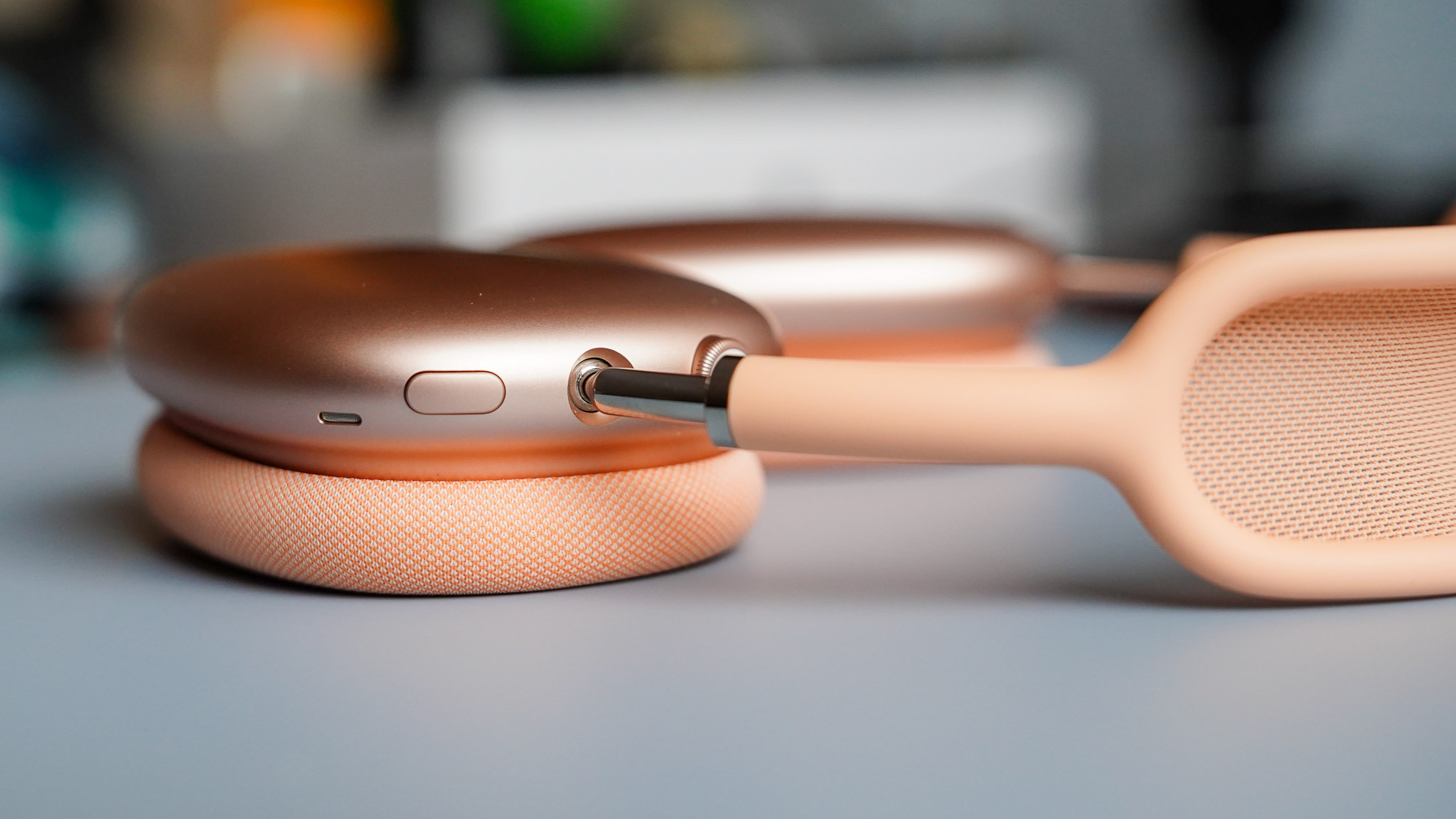 AirPods Max finally get the great free upgrade Apple promised
AirPods Max finally get the great free upgrade Apple promisedHere's how to make sure your headphones are running the right firmware
By Britta O'Boyle
-
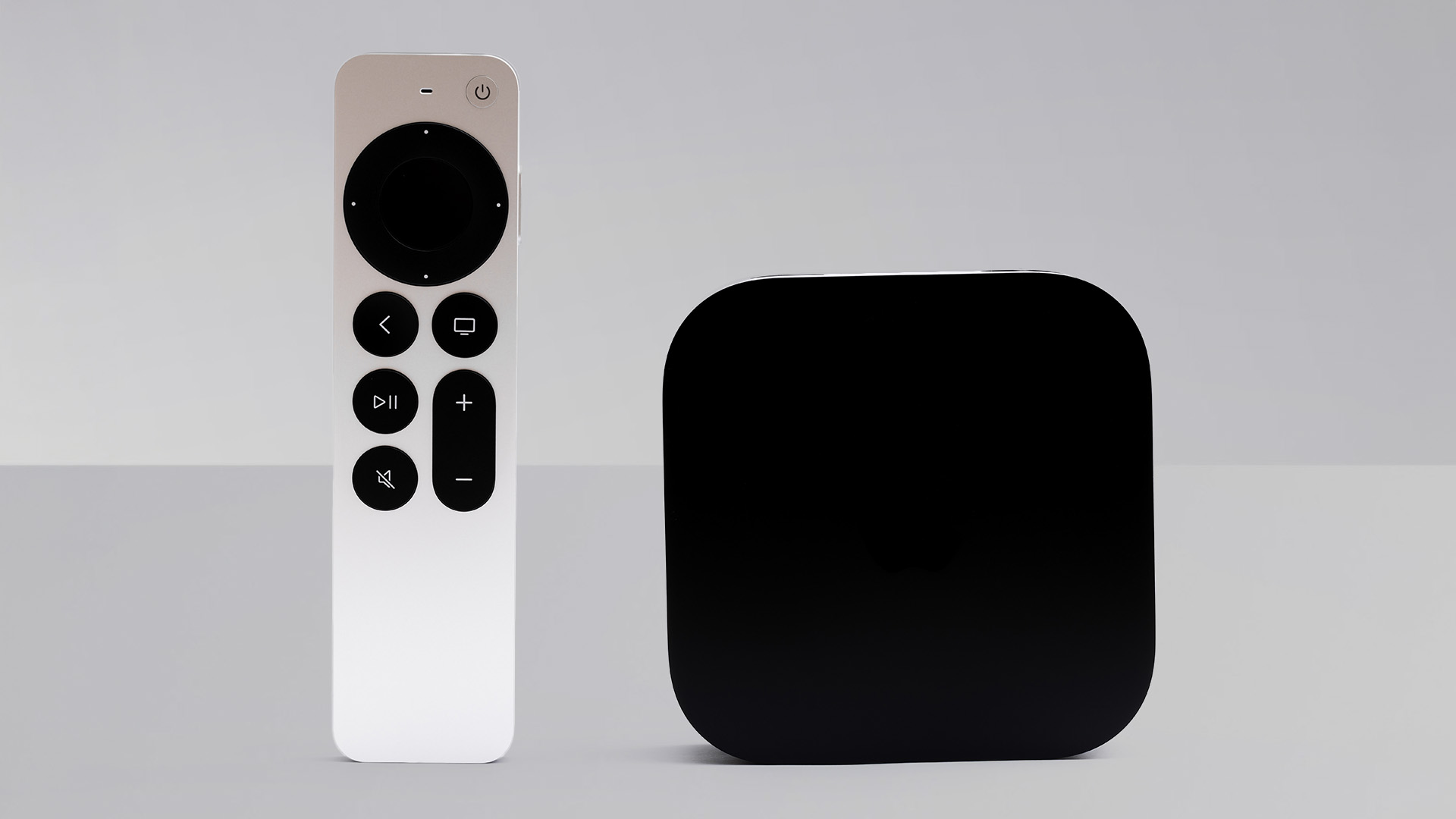 Apple TV gets a free update that makes it more simple to use
Apple TV gets a free update that makes it more simple to useApple has released tvOS 18.4 with a few design tweaks for its TV boxes
By Rik Henderson
-
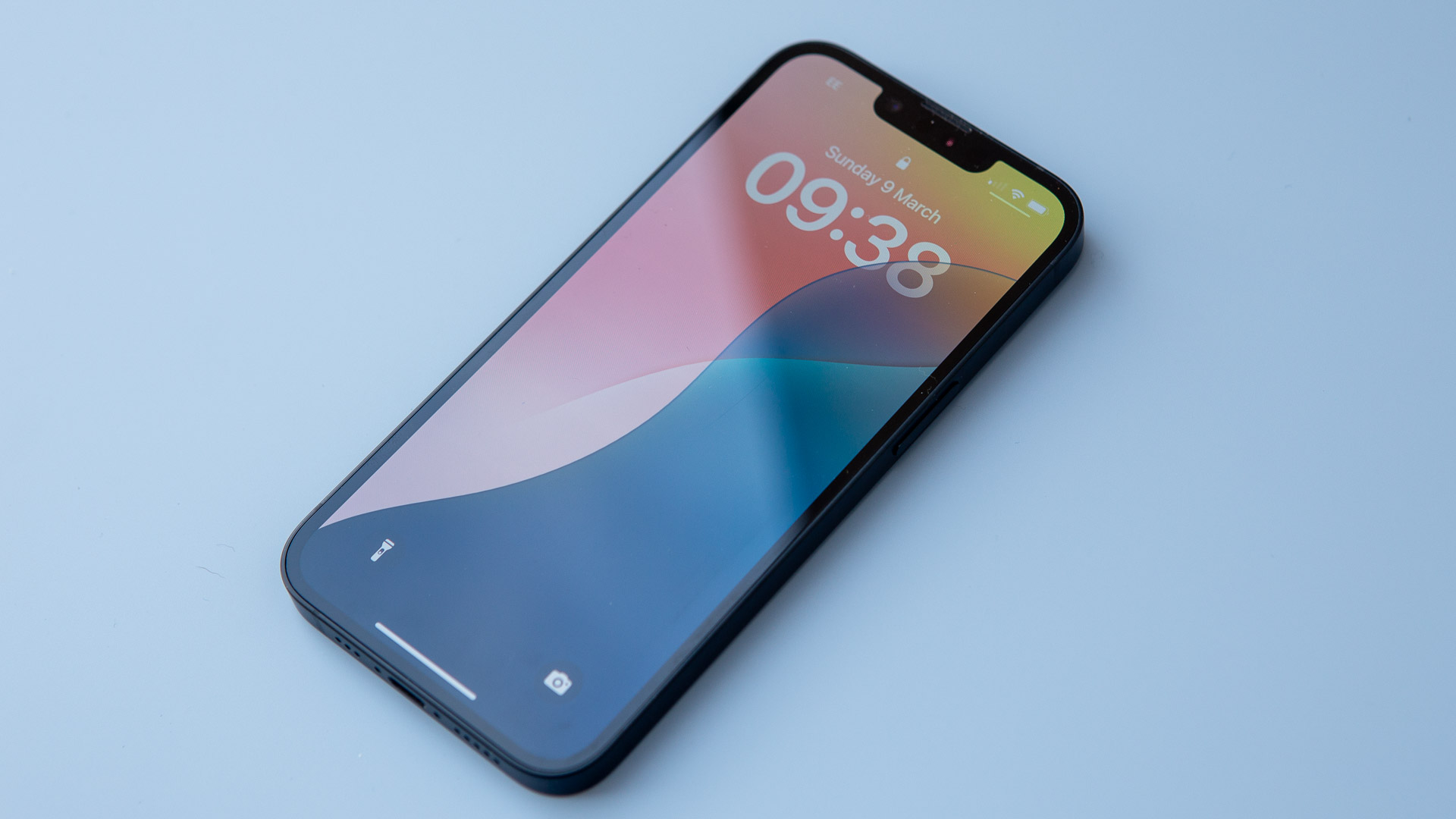 Your iPhone gets some new tricks - here’s what it can do now
Your iPhone gets some new tricks - here’s what it can do nowThe new emojis and priority notifications are probably our favourite
By Britta O'Boyle
-
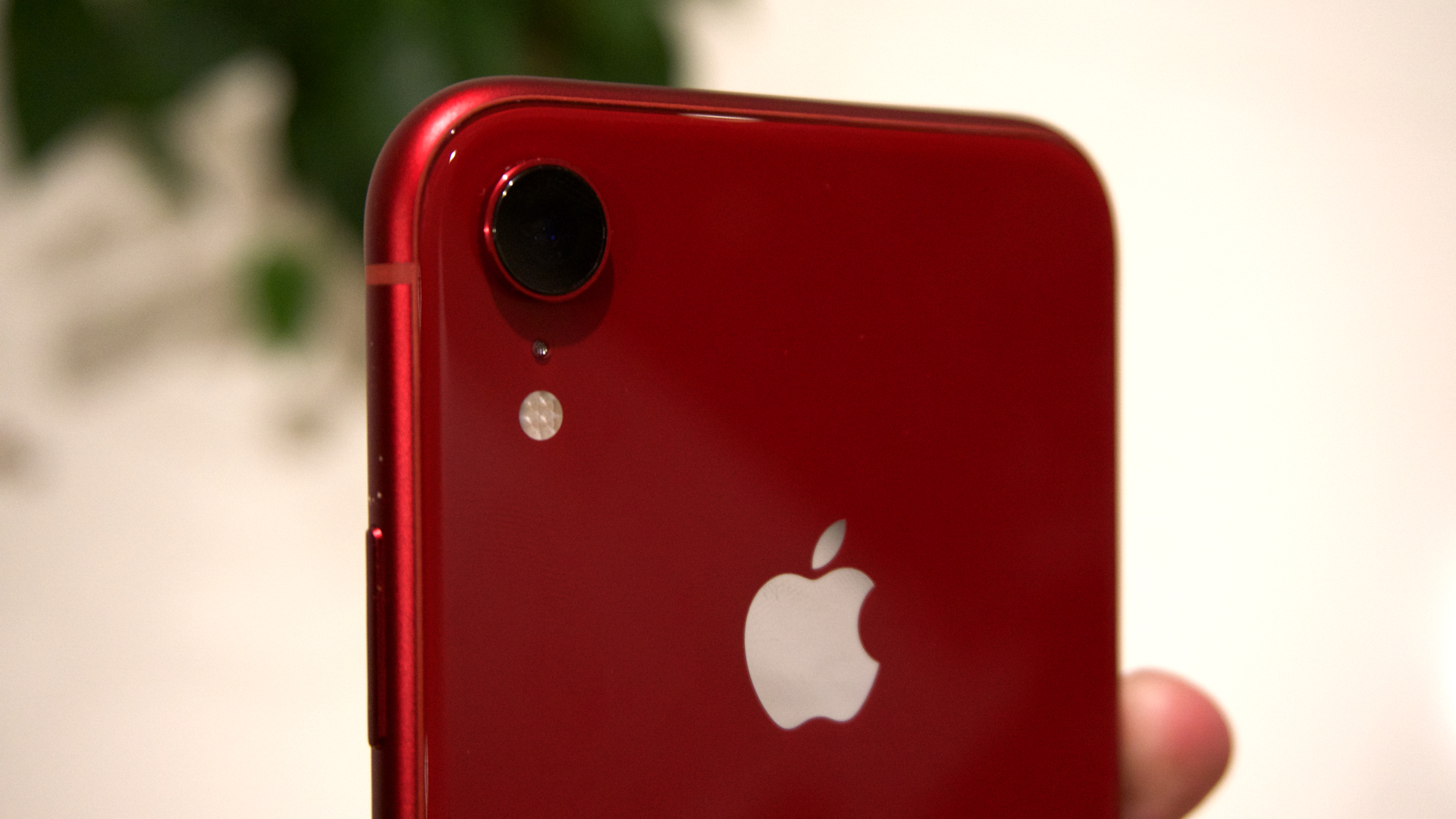 Older iPhones at risk of being left behind when iOS 19 arrives – is your device one of them?
Older iPhones at risk of being left behind when iOS 19 arrives – is your device one of them?Apple will reportedly drop three iPhone models when it comes to the iOS 19 update
By Carrie Marshall
-
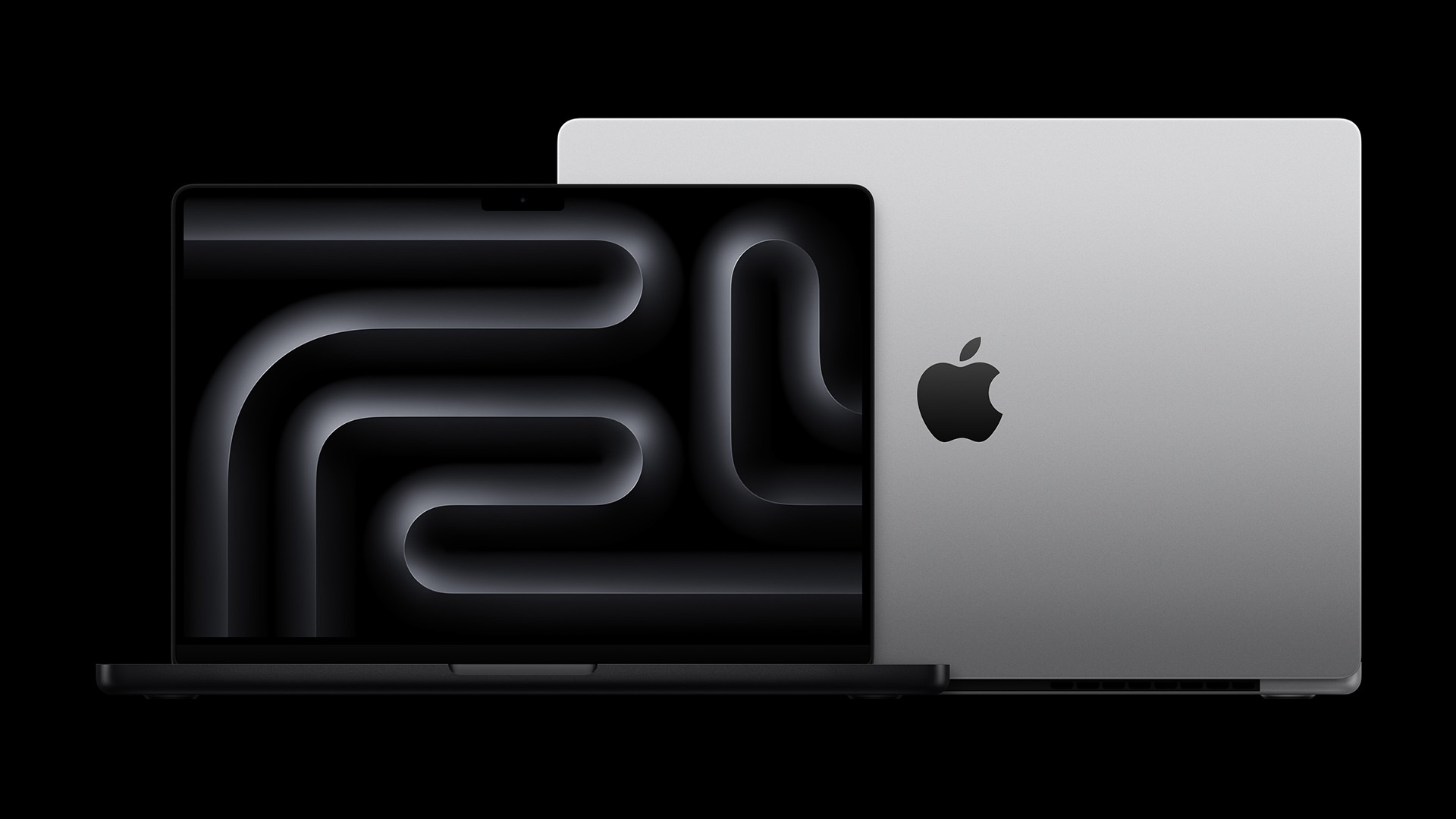 Your next MacBook Pro could be a game-changer for three good reasons
Your next MacBook Pro could be a game-changer for three good reasonsApple will reportedly upgrade next year's MacBook Pro in three major ways
By Rik Henderson
-
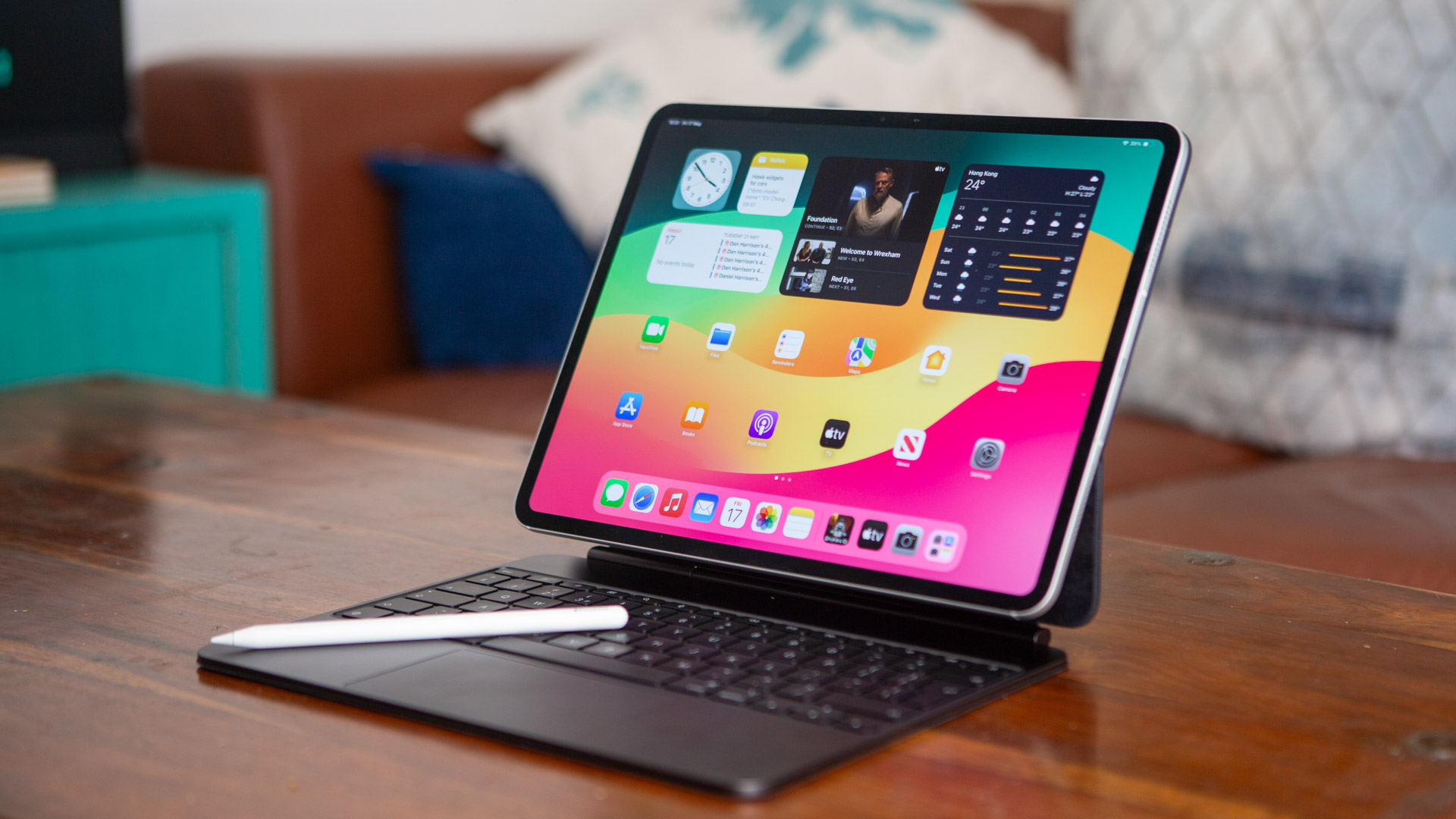 M5 iPad Pro on schedule for release this year, claims expert
M5 iPad Pro on schedule for release this year, claims expertApple's best tablet is reportedly getting even more power in late 2025
By Carrie Marshall
-
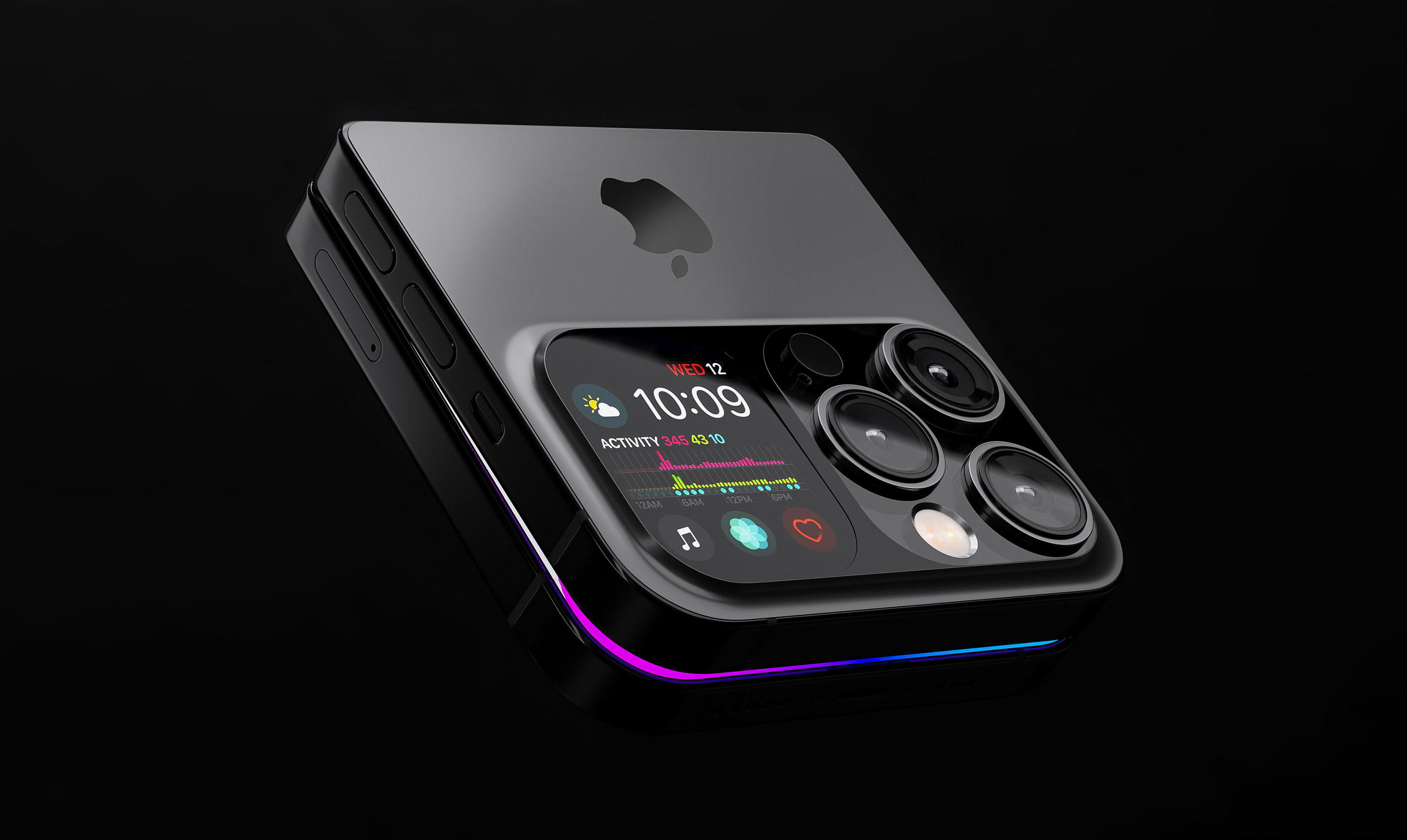 New evidence suggests Apple's taking its foldable iPhone seriously
New evidence suggests Apple's taking its foldable iPhone seriouslyAnd it might bring something different to the party too
By Britta O'Boyle